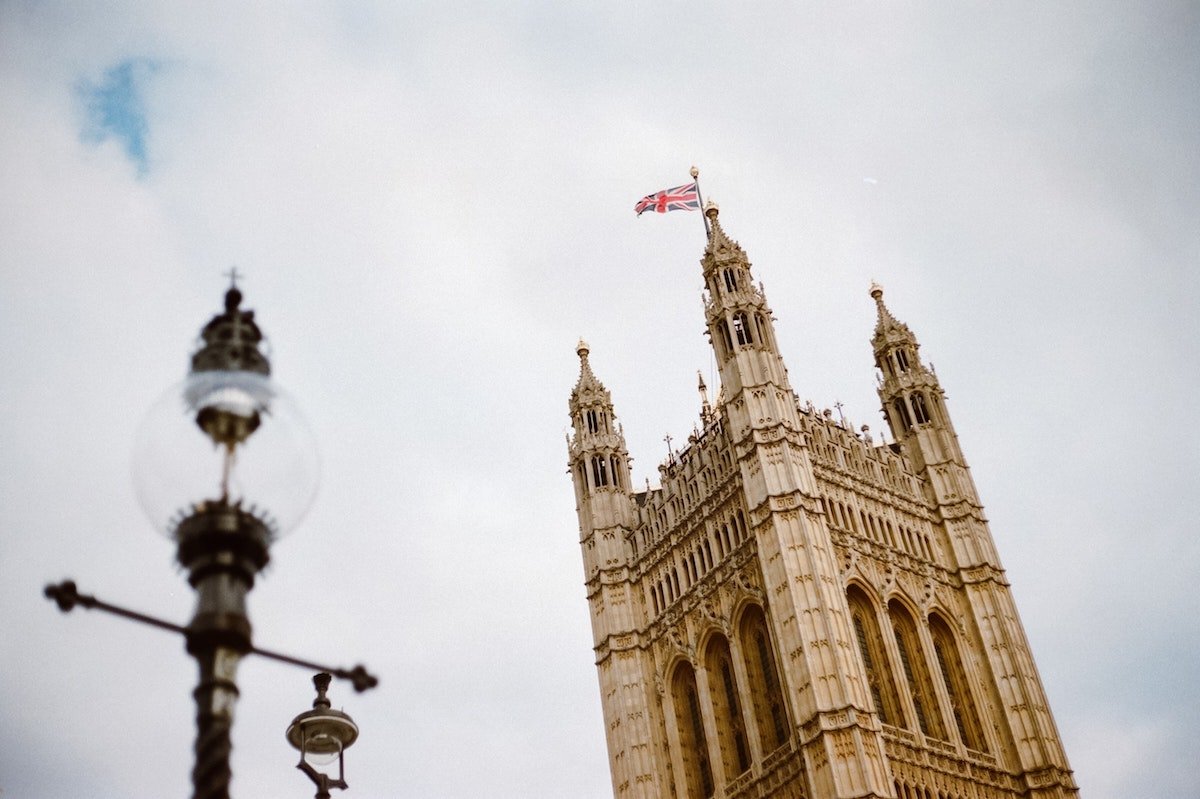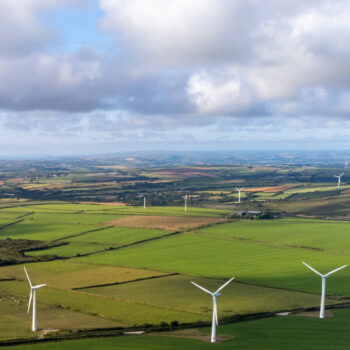- On Tuesday 19th October, UK Government released the Net Zero Strategy, Net Zero Review, and Heat and Buildings Strategy.
- The Net Zero Strategy and Net Zero Review are intended to amount to a coherent plan for decarbonising the UK economy and commits to starting to track private green financial flows. This must include public flows too.
- However, economic analysis underpinning this work is not all yet done. Crucially, the UK government still needs to conduct a full macroeconomic analysis of the net zero transition including both costs and benefits. There are also concerns as to whether the UK’s whole-hearted embrace of nuclear technology will consider concerns about prioritising public spending for efficiency, or the technology’s negative environmental impact.
- The Government has fallen short against its own public investment goals on Heat and Buildings to the tune of £4.65 billion.
- A plan is good, but delivery is key. The Comprehensive Spending Review will be the Government’s first test for success.
Story
Ahead of the upcoming COP26 climate summit to be held in Glasgow, the UK is publishing a series of seminal strategies aimed at decarbonising industries across the UK. These include the Green Finance Roadmap, published yesterday, and the UK Net Zero Strategy, Net Zero Review and Heat and Buildings Strategy, published today. These strategies will be critical to ensuring the UK gets on track to net-zero.
UK Net Zero Strategy and UK Net Zero Review
Despite the government’s assurances today, whether the commitments in the Net Zero Strategy will add up to meeting the UK’s 6th carbon budget remains to be seen. There is also the critical question of whether enough public finance will be delivered to back them up – the Comprehensive Spending Review will be another important test of the government’s commitment to this Strategy.
E3G welcomes the government’s commitment to create a world-leading Net Zero Financial System and publish a detailed Green Finance Strategy in 2022. To implement it the UK will need to know where public and private finance flows are being invested over time. The announcement in the Net Zero Strategy that the UK will regularly assess the alignment of the UK’s financial flows with net zero is welcome, but more clarity is required on how public finance flows will be tracked alongside private flows.
The Net Zero Review does not yet fully demonstrate the commitment of HM Treasury to driving the UK net zero transition. Despite welcome acknowledgement of the costs of inaction, and some recognition of the potential economic and social upsides of transition, the static analysis does not fully reflect either of these elements in its calculations. The Treasury should provide fully rounded economic analysis in time for the 2022 Green Finance strategy.
Nuclear energy in the UK net zero transition
The UK has made it clear that nuclear energy is seen as an important element of the UK’s net zero transition and has set out some immediate next steps. However it has not yet explained how this will represent the most efficient way to use public money, especially as scaling up alternative options such as enabling energy system flexibility may present a better return on investment. The UK has also not yet stated how it may be possible to mitigate adverse environmental impacts from nuclear power generation, which will be essential if the UK is to preserve the credibility of its plan for a green transition and recovery.
Heat and Buildings Strategy (HABS)
The Prime Minister’s statement that the transition to green homes should be win-win is exactly on the money. However, it cannot happen without the money. Putting welcome regulatory shifts to aside; £9.2 billion was committed in manifesto for energy efficiency to 2030, and of that, £6.6bn to 2025. However, commitments contained alongside the HABS are £4.35bn short of the UK Government’s own pledges, and around £9.75bn short of what is needed to get on track for net zero. In particular, there is a major energy efficiency funding gap, which could significantly undermine the UK’s ability to cut emissions from housing.
Quotes on UK Net Zero plans
Kate Levick, Associate Director, Sustainable Finance, said:
“We welcome the UK’s new commitments to regularly assess the alignment of the UK’s financial flows with net zero, and to publish a detailed strategy for financing the net zero transition in 2022. Creating a net-zero financial system will mean reforming both private and public finance and we expect to see this push for net zero fully reflected in the government’s next steps, beginning with the Comprehensive Spending Review later this month.”
Heather McKay, Policy Advisor, UK Sustainable Finance, said:
“Net Zero is the biggest investment opportunity the UK has ever seen. It is imperative that the Treasury completes its macroeconomic analysis in the net zero review to include the investment opportunities of the economic transition, as well as the costs. This is critical to Build Back Greener. The coming Spending Review will show whether the Chancellor is willing to invest in the Government’s own ambition.”
Tom Burke, E3G Chair, said:
“New nuclear power can do nothing to help the UK achieve a net zero power system by 2035. It will however take away a huge amount of public investment from things that could get us to net zero cheaper and faster. If nuclear is at the heart of our trip to net zero, then it is a rotten heart.”
Juliet Phillips, Senior Policy Advisor, Place Based Transitions, said:
“A nationwide retrofit drive of our leaky homes is mission critical for net zero and the UK Government’s ambition to ‘level up’ opportunity and living standards across the UK. It’s great to see that the Prime Minister has landed firmly on the right side of the heat pump culture wars, but we mustn’t forget the unsung hero of energy efficiency. The Treasury can supercharge a green home retrofit drive through the new green gilt – which has committed the UK to an additional £10bn of green spending – and offering attractive deals to households and local authorities through the new UK Infrastructure Bank.”
Available for comment
Please contact our experts directly (expertise in brackets):
Heather McKay, Policy Advisor, Sustainable Finance, E3G
m: +44 (0) 770 727 5359, heather.mckay@e3g.org
Ed Matthew, Campaigns Director, E3G
m: +44 (0) 7827 157 906, ed.matthew@e3g.org
Kate Levick, Associate Director, Sustainable Finance, E3G
m: +44 (0)7860 861 225, kate.levick@e3g.org
Juliet Phillips, Senior Policy Advisor, E3G
m: +44 (0) 7443 503 328, juliet.phillips@e3g.org
For further enquiries email press@e3g.org or phone +44 (0)7783 787 863
— ENDS —
Notes to Editors
- E3G is an independent climate change think tank accelerating the transition to a climate safe world. E3G specialises in climate diplomacy, climate risk, energy policy and climate finance. -> About
- New analysis by E3G has shown that around 80% of mid- to low-income households living in inefficient housing have no access to nationwide support to improve their homes. Energy efficiency is the unsung hero of green homes, and offers huge benefits, with new E3G analysis finding that households living in homes rated EPC D or worse could save £511 per year by upgrading to EPC C, once the predicted April energy price cap rise comes into force.
- There are opportunities for the Government to solve this through existing commitments and delivery channels. The new green gilt, or sovereign bond, has committed the UK to a further £10bn of public spending on green infrastructure, and the new UK Infrastructure Bank could give out subsidised loans and grants to homeowners, landlords and local authorities to decarbonise their housing stocks. This has been hugely successful in Germany, where homeowners spend €6 for every €1 public investment. Finally, the Government could expand the scope and scale of existing funding programmes – for example by adding energy efficiency measures to the Boiler Upgrade Grant or expanding the Homes Upgrade Grant to include a wider scope of people on mid to low incomes.
- To receive updates and analysis from COP26 via E3G’s daily media WhatsApp broadcast, register here.


